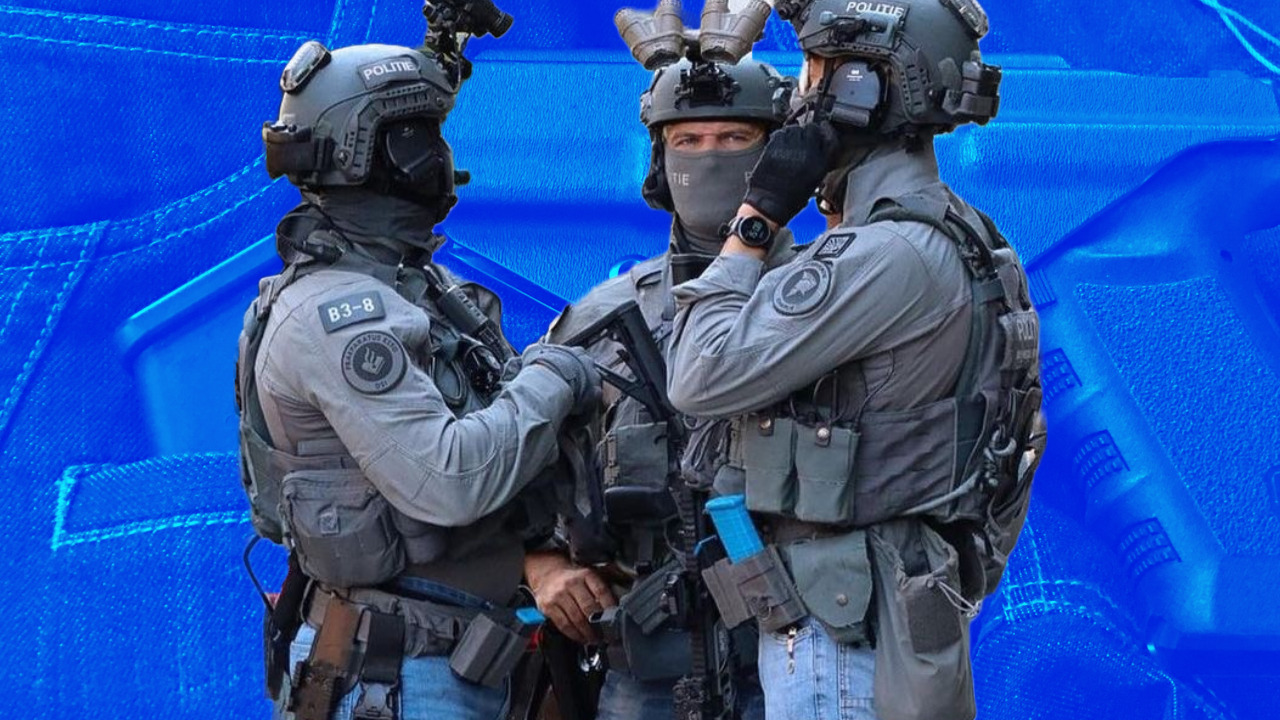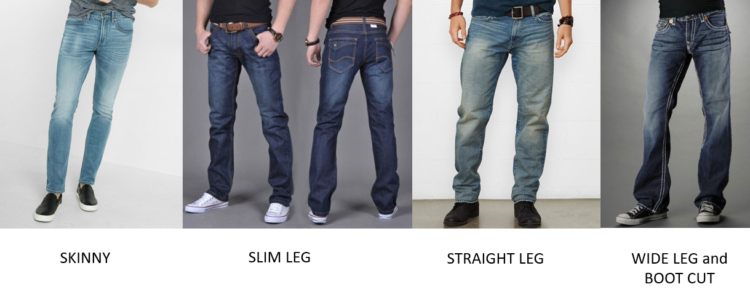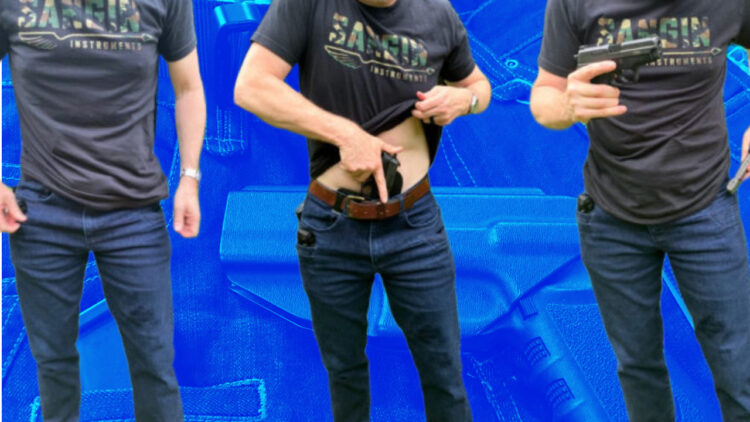Denim blue jeans are likely found in wardrobes all over the world. What began as durable workwear for laborers and miners in the 19th century transformed into a fashion statement that transcends time and trends. The story of denim begins in the 18th century in the French town of Nîmes, renowned for its textile industry. The word demin was an abbreviation of a durable fabric called “serge de Nimes”. Serge is fabric in French, and the place it came from was Nimes. Serge today is defined as a type of strong woolen cloth used to make clothes such as skirts, coats, and trousers.
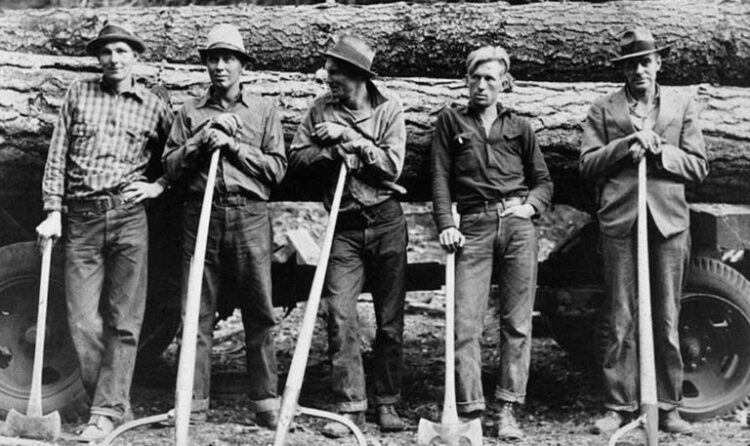
In the mid-19th century, a German immigrant named Levi Strauss arrived in San Francisco, California. Strauss began a wholesale dry goods business, but he specialized in durable fabrics. Jacob Davis was a tailor that Strauss utilized to create rugged pants for his customers. Davis create pants made of denim material that was reinforced with copper rivets at stress points. Strauss wanted to meet the needs of miners and laborers, and from this need the denim industry exploded. Denim is a sturdy cotton warp-faced textile in which the weft passes under two or more warp threads. This twill weaving produces a diagonal ribbing that distinguishes it from cotton duck. The most common denim is indigo denim, in which the warp thread is dyed, while the weft thread is left white. They call this Indigo Blue.
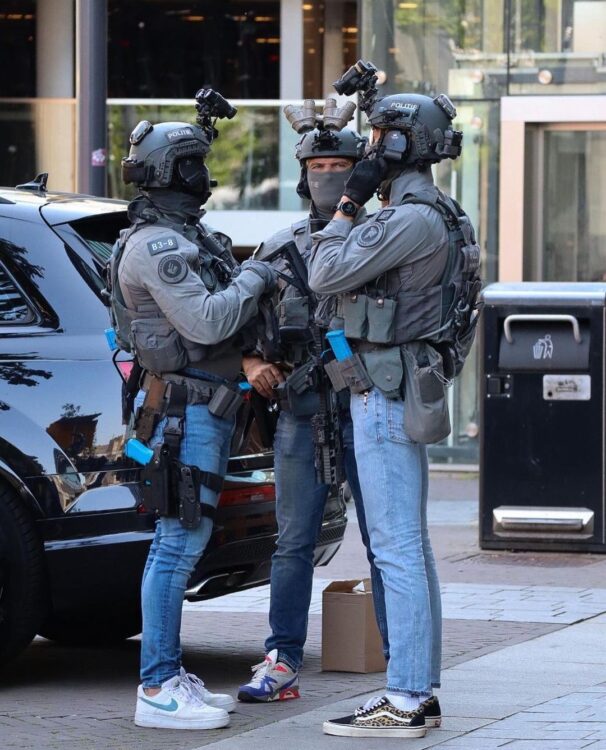
The popularity of denim soared due to their cost and durability. By the late 19th century, Levi Strauss & Co. had become a renowned brand. Marlon Brando and James Dean popularized jeans as symbols of youthful rebellion and nonconformity. In the 1960s and 1970s, denim blue jeans became a symbol of counterculture movements, associated with peace, freedom, and social activism. Decades later blue jeans transitioned from workwear to a mainstream fashion staple. Now, workers in offices pair jeans with just about anything, like blazers to waistcoats.
I’m not going to list all the different kinds of fiber mixtures used in constructing jeans, brands to avoid or purchase, or prices to pay. “Tactical” jeans range from $39.00 for LAPoliceGear and up to $150.00 for Dynamis Alliance or similar brands. When it comes to jeans, stay with a minimal design that allows good movement, and has few or no showy details. Jeans shouldn’t scream out ‘tactical’. Look for good, heavy stitching and simple construction that make the jeans wearable. Quality jeans are made from a stronger, heavier weight of denim while lightweight denim may equate to a lower quality and the jeans can easily split open simply by washing them a few times and wearing them. Heavier denim jeans may feel a bit stiff at first, but they’ll eventually soften after dozens of washes.
Here are some helpful tips:
Look for durable construction such as reinforced stitching, heavy-duty hardware, as these will ensure longevity, making them ideal for rugged use. Look for brands that use more denim and less blends or they are susceptible to tearing. Read my articles listed below. Also look for jeans that prioritizes freedom of movement. Jeans that incorporate gusseted crotches, articulated knees, and strategically placed stretch panels to enhance mobility, allow wearers to perform tasks and activities with ease.
Look for lots of storage. Numerous pockets and compartments provide convenient storage options. Ensure the pockets are designed to securely hold essential items such as tools, knives, multi-tools, flashlights, or even concealed carry weapons. This allows wearers to keep their belongings within easy reach without compromising comfort or style. Some of the brands that Spotterup reviewed didn’t do well in certain categories. Reinforcements are typically made from abrasion-resistant materials or additional layers of fabric, ensuring that the pants can withstand frequent use and rough conditions. You want jeans that are reinforced in the knees, seat and heels. I particularly liked the Kitanica brand of jeans, and anything by Viktos is worth the money. Note: you do not need to purchase jeans marketed as “tactical”. There are many good choices out there, that are not constructed by brands such as 5.11 or Tactical Gear.
However jeans that include features like hidden utility loops, D-rings, or attachment points for gear and accessories enable users to affix carabiners, keychains, or tool pouches. There are some tactical blue jeans designed with weather-resistant properties. They may feature water-repellent coatings or treatments. Light rain and spills are not a problem. Wearers can stay dry and comfortable in various weather conditions.
AVOID
Jeans that are too tight restrict movement and can cause discomfort, while jeans that are too loose may sag or bunch up, creating an unflattering look. Finding the right fit for your body shape is essential for a comfortable and stylish wearing experience. Jeans made from low-quality denim tend to wear out quickly and lose their shape over time. Thin and flimsy denim can be prone to ripping, fraying, or pilling, leading to a short lifespan for your jeans. Investing in jeans made from high-quality denim ensures durability and a longer-lasting garment. I write about this in my articles listed below.
Jeans with poorly designed or overly tight waistbands can cause discomfort and restrict movement. Waistbands that dig into the skin or have rough, scratchy edges can be irritating, leading to an unpleasant wearing experience. Opting for jeans with a comfortable waistband that sits properly on your hips or waist is crucial for comfort. The Viktos Operatus Jeans Review is here for your reading pleasure and use. They did quite well for us.
Extremely low-rise jeans can create muffin tops or expose undergarments, but who cares? What is important is to consider what kind of holster that you will use behind your waistband. Too low means the holster doesn’t seat properly. Jeans with excessively tight leg openings can restrict movement, feel constricting, and cause discomfort. I really did not enjoy the Pentagon Jeans from 1st tactical. They were too tight no matter how skinny you are, and you can’t really wear boots comfortably. Make sure your jeans have some kind of stretch in them as you might require extended periods of sitting or walking and standing. Opting for jeans with a blend of stretchy materials like elastane or spandex can enhance comfort and allow for greater flexibility.
FINAL THOUGHTS
Today many manufacturers are using Lycra or Spandex to give jeans stretching ability, so there won’t always be a need for a gusset. If you are not buying 100% denim jeans make sure you are not purchasing jeans that have too much elastic material or it won’t be as durable as 100% denim. Try keeping it around 97% Denim-cotton/ and no more than 3% Spandex. Go for more if Spandex, Elastane or Lycra if you like more flexibility, just keep the concept of durability and flexibility in mind.
Some of the features to consider when purchasing jeans. Look for slightly oversized thighs for increased mobility, enough external pockets or slash pockets for quick-access EDC, a gusset to eliminate saddle pinch and lots of added belt loops to assist holding up your pants. It is important to find jeans that feel comfortable and can hold up with prolonged use in a magnitude of different climates. If possible seek out jeans with all heavy-wear seams that are double-stitched, and bar tacks or brass rivets at critical stress points. Good luck!
Top 10 Best Tactical Jeans for Concealed Carry for Active people
Best Guide for Getting Tactical Jeans to Use with a Concealed Carry

